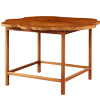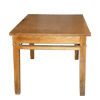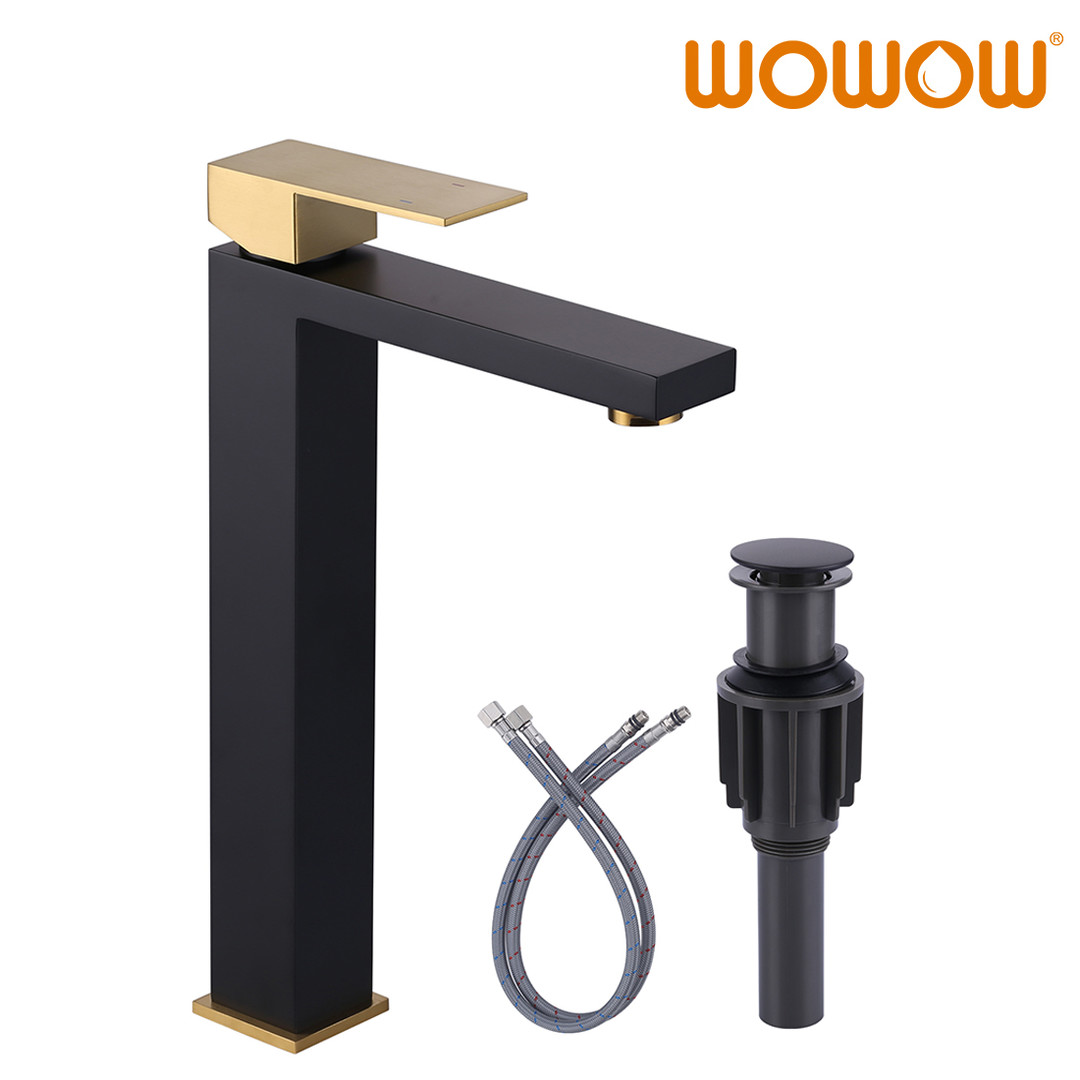What’s the Difference Between Hot and Cold Faucet Valves?
浏览次数:205 分类:Blogs

Faucets are something we use every day without much thought—until they stop working properly. Whether you’re installing a new faucet or troubleshooting a leak, understanding the internal components is crucial. One key part that often goes overlooked is the valve—the mechanism that controls water flow and temperature. But did you know that hot and cold faucet valves aren’t always the same?
In this article, we’ll explore the differences between hot and cold faucet valves, how they function, why they matter, and what to keep in mind when repairing or replacing them.
💧 What Is a Faucet Valve?
A faucet valve is a mechanical component inside the faucet body that opens or closes to control the flow of water. When you turn the handle, the valve rotates or lifts, allowing water to pass through and out of the spout. In a two-handle faucet, each handle controls either hot or cold water, and each side has its own valve.
The valve is also responsible for mixing the temperature when you use both handles together, or for adjusting it in a single-handle faucet that controls both hot and cold water through one motion.
🔥❄️ Are Hot and Cold Valves the Same?
The short answer is: not always. While hot and cold faucet valves may look similar and perform similar functions, there are some important differences to be aware of—especially when it comes to thread direction, materials, and design.
🛠️ 1. Threading Direction (Clockwise vs. Counterclockwise)
One of the biggest functional differences is the direction in which the valves turn to open and close.
- Cold water valves typically open by turning the handle counterclockwise.
- Hot water valves often open by turning the handle clockwise.
This difference in turning direction is intentional. It helps prevent users from accidentally turning on the hot water when they meant to turn on cold—especially important in homes with children or elderly residents.
In plumbing terms, these valves use reverse threading. A hot side valve may have left-hand threads, while a cold side valve uses right-hand threads.
If you try to install a cold valve on the hot side (or vice versa), the handle may not turn the right way—or worse, it could strip the threading or fail to seal properly. Always ensure the correct valve is used on the correct side.
🧱 2. Materials and Tolerance to Heat
Another key difference lies in the materials used.
- Hot water valves are designed to withstand higher temperatures. They may include more heat-resistant rubber washers, seals, or ceramic discs.
- Cold water valves don’t require the same heat tolerance, so they may be constructed from more standard materials.
If you mistakenly use a cold valve on the hot side, the valve might degrade more quickly due to thermal stress.
🔩 3. Internal Valve Components
Inside the valve, you’ll often find different types of mechanisms depending on the faucet design:
- Compression valves: Common in older faucets. They use a rubber washer to stop the water flow. Hot side washers tend to wear faster due to heat.
- Cartridge valves: Use a plastic or brass cartridge. Some manufacturers design separate hot and cold cartridges.
- Ceramic disc valves: Known for durability. While many are interchangeable, some models have hot and cold-specific discs due to rotation direction.
Even if two valves look identical from the outside, their internal construction or orientation might differ depending on whether they’re meant for hot or cold use.
🔄 4. Interchangeability: Can You Swap Them?
Technically, some faucet valves are interchangeable between hot and cold sides, especially in modern designs or single-handle models.
However, swapping them is not recommended unless:
- The manufacturer specifies they are identical
- The handle orientation and threading match
- The materials are rated for hot water use
In two-handle faucets, using the wrong valve could lead to backwards operation, which can confuse users or result in leaks over time.
🧪 5. Identifying Which Valve You Have
If you’re doing a faucet repair or replacement and have removed the valve, here are a few ways to tell which side it belongs to:
- Color coding: Some valves or stems may have a red ring for hot or a blue ring for cold.
- Threading pattern: Look at the direction of the threads. Reverse-threaded (left-hand) valves are usually for the hot side.
- Handle direction: If you know how the handle turned before, match that to the new valve.
- Manufacturer label: Many brands include H (hot) or C (cold) on the part or packaging.
🧰 When to Replace Your Faucet Valves
You might need to replace your hot or cold valve if:
- The faucet is leaking from the base or spout
- The handle is hard to turn or stripped
- You’re hearing squeaking or grinding
- Water doesn’t stop completely when turned off
Replacing just the valve—rather than the entire faucet—is often a simple and affordable fix, especially for two-handle models.
✅ Final Thoughts
Although hot and cold faucet valves may appear similar, they often have subtle but critical differences in design, rotation, materials, and threading. Understanding these distinctions ensures you’ll install or replace the correct part, maintain your faucet’s functionality, and avoid unnecessary repairs down the line.
If you’re tackling a DIY plumbing job, be sure to:
- Identify the correct side (hot or cold)
- Match the valve type with your faucet brand
- Use heat-rated parts on the hot side
With a little knowledge and the right tools, maintaining or upgrading your faucet can be straightforward—and save you time, money, and frustration.
 Kes Faucets
Kes Faucets
















您好!请登录